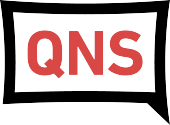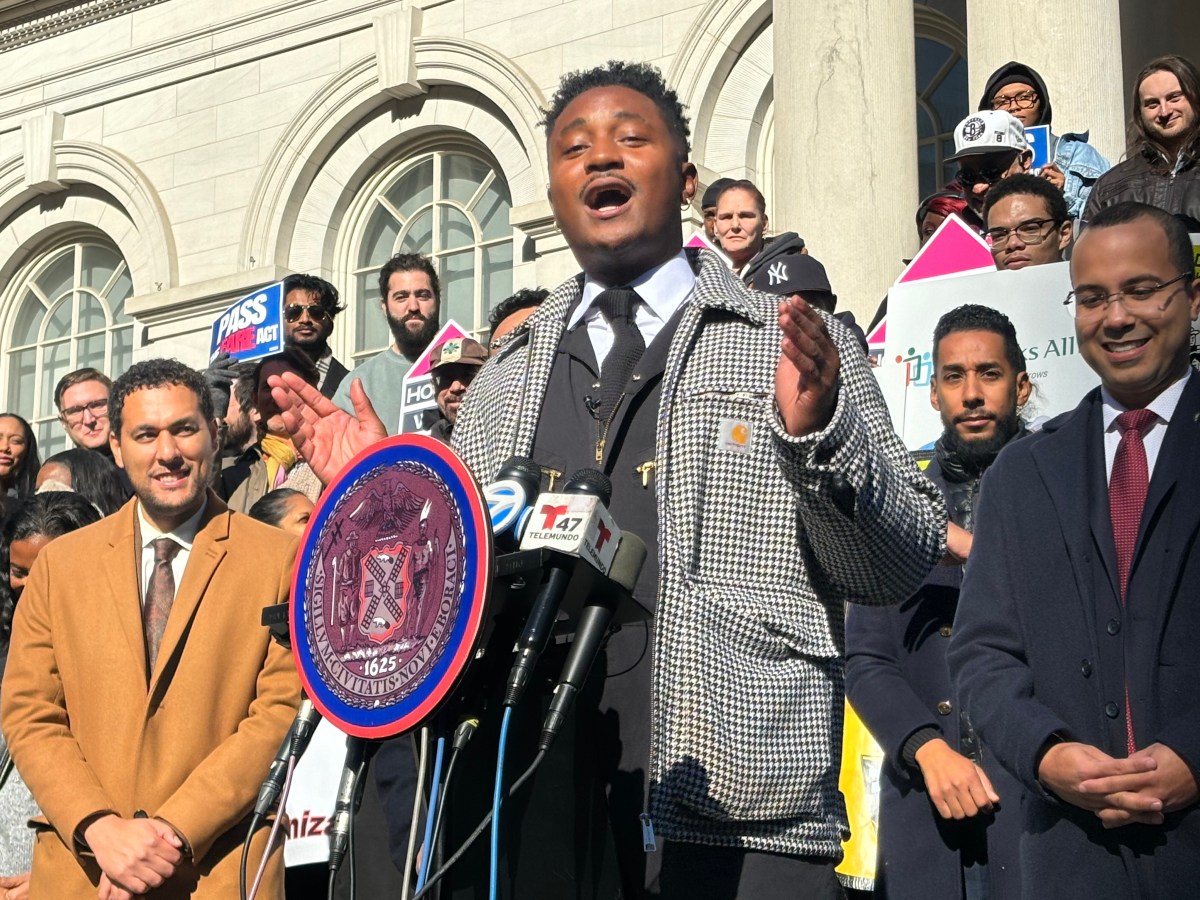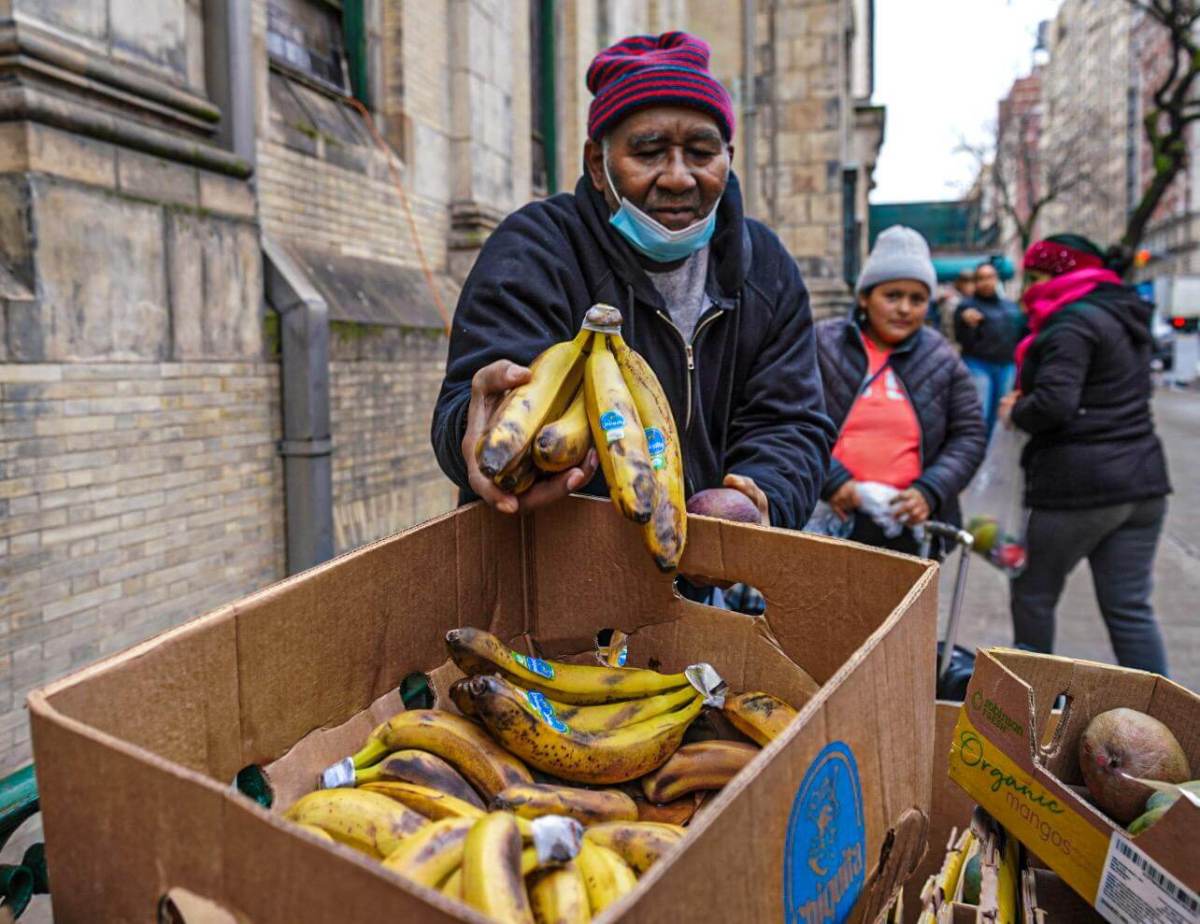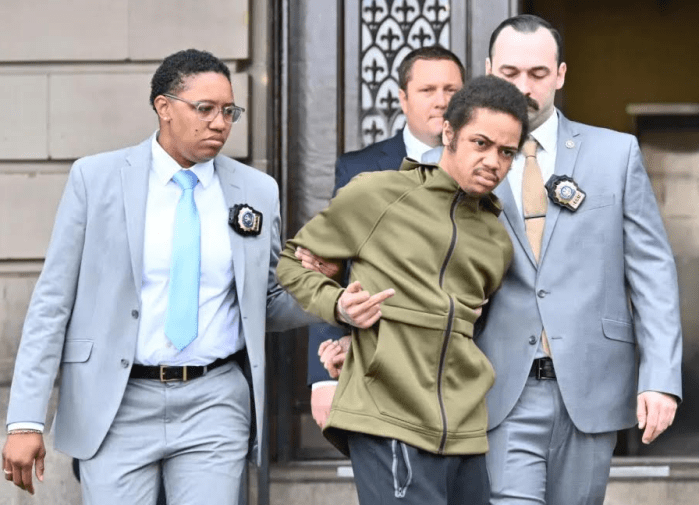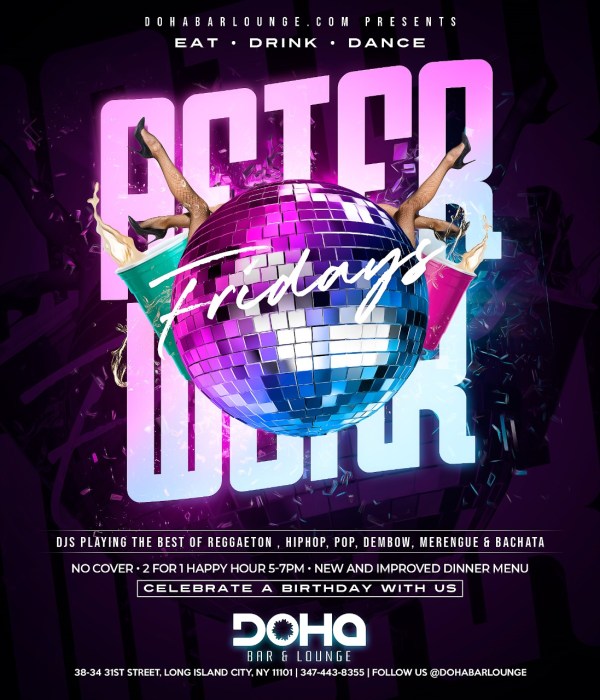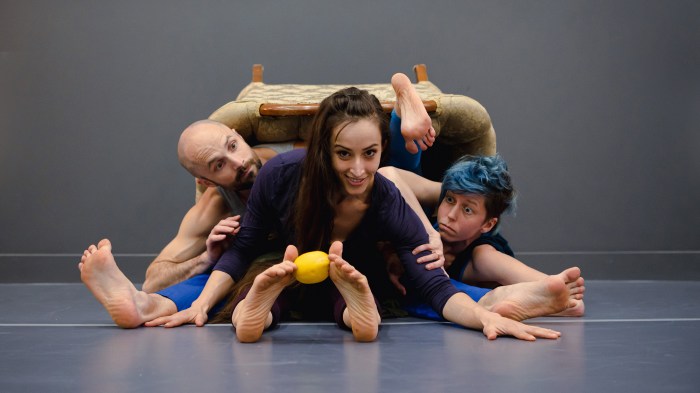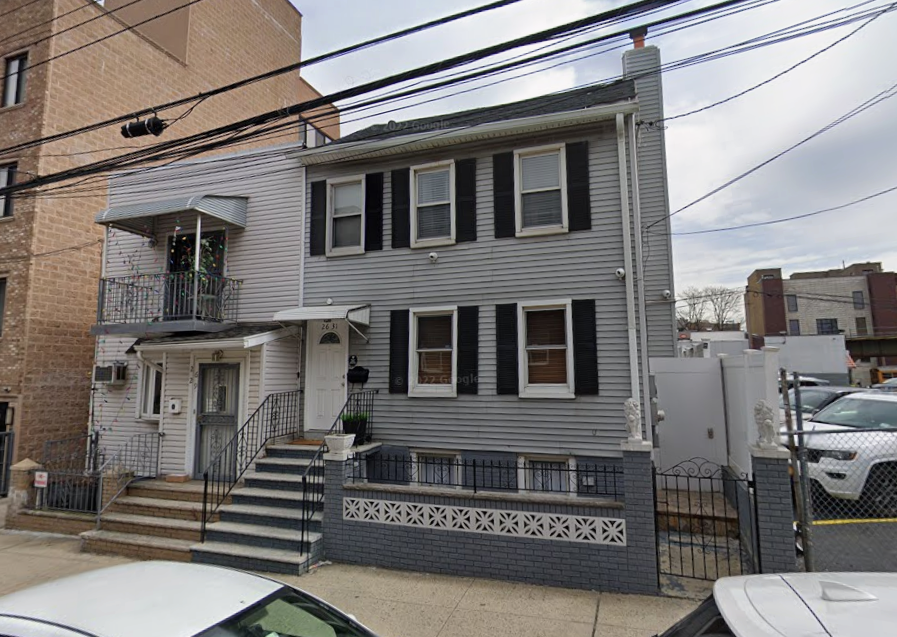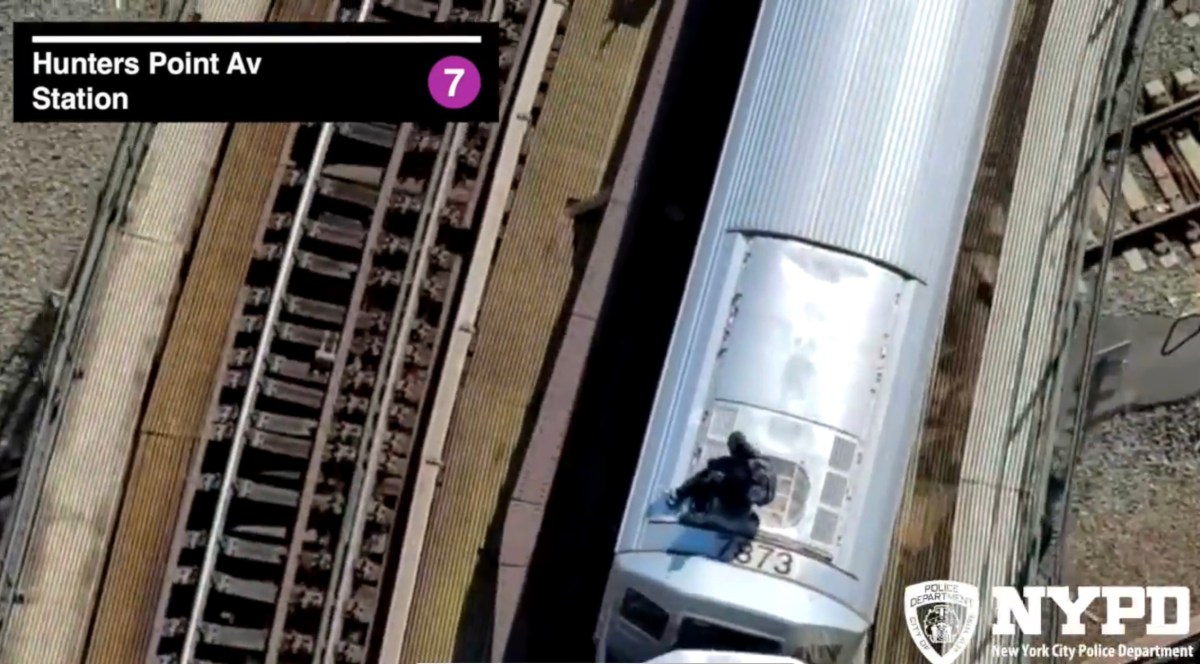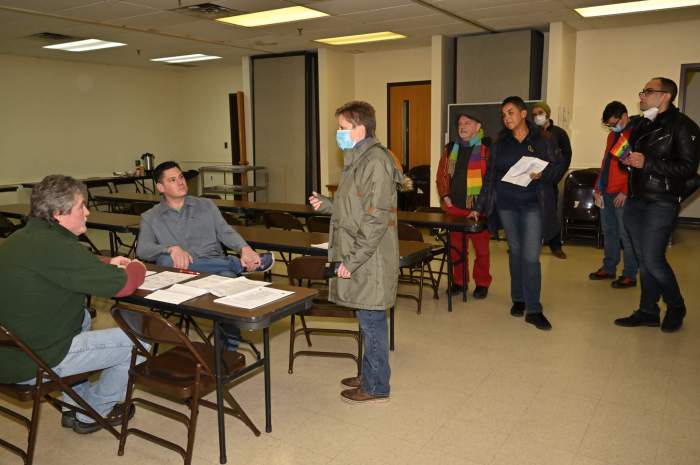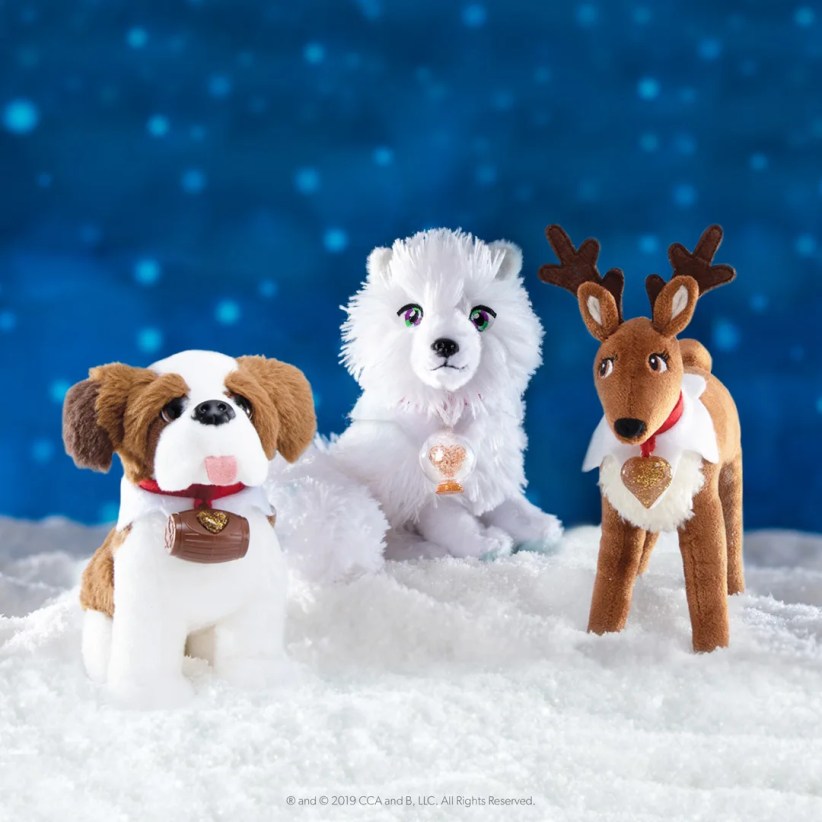By Joan Brown Wettingfeld
On April 30, Inauguration Day, church bells rang across the city and sounds of artillery could be heard. Making his way through the crowds, Washington entered Federal Hall where both houses of Congress were assembled. Before Chancellor Robert Livingston could read the oath – which, by Constitutional requirement a newly elected president has to repeat (“I solemnly swear that I will faithfully execute the office of president of the United States and will to the best of my ability, preserve, protect and defend the Constitution of the United States”) – the officials realized there was no Bible upon which to swear the oath.It was Livingston who remembered that a Masonic Lodge was just down the street which had a very special Bible. Someone was sent to ask for it to be loaned for the ceremony and it was hurriedly placed on a red velvet cushion and opened at random to Genesis:49-50. Washington established the precedent of taking the oath by placing his right hand on the Bible, a tradition followed by every president since then, and so doing he added, “I swear, so help me God.” Bending down, he kissed the Bible. People later were to consider the random choice of chapters 49-50 a good omen.Washington was following the custom used in royal coronations and British and colonial courts of the day. Though the selection in the Bible was a random and unprepared choice, later presidents chose to open the Bible to pages that were meaningful to them. As for Bibles, they were also chosen by the president-elect or a family Bible was used. Since the Civil War, a record has been kept of presidential choices of selections from the Bible which were used.Washington's unanimous election was a triumph of the popular will despite the complicated and possibly undemocratic electoral system.Chancellor Livingston shouted “long live George Washington, president of the United States” as the crowds shouted approval when Washington stepped out on the balcony on the second floor of Federal Hall. He was dressed in a plain suit “of superfine American broadcloth” made at a mill in Hartford, Conn. He urged other men to purchase similar goods of American manufacture.This first inauguration began many traditions that are followed today. After his swearing in, Washington gave an inaugural address, a speech written just for the occasion. By 1793, during his second inauguration, the oath of office was administered to Washington by an associate justice of the Supreme Court, foreshadowing a custom that has continued through the years.By the time of Jefferson's second inauguration, the tradition of the inaugural open house began. The celebration included an inaugural ball when James Madison, fourth president of the United States, and his wife, Dolly Madison, were the guests of honor.Times have changed this country's inauguration ceremony as technology advanced; for example, James Madison's inaugural address could be read by all in the newspapers of the day. James Polk took the oath of office in 1845, while Samuel Morse, who invented the electric telegraph, sat nearby tapping out the news.The first photographed inauguration was that of James Buchanan and movie cameras recorded the highlights of McKinley's swearing in. Folks gathered around the radio to hear Calvin Coolidge, and Harry Truman was the first president whose swearing in was televised.Through the years inaugural practices have changed, but the 35-word oath used in the swearing-in ceremony has remained unchanged for more than 200 years.Joan Brown Wettingfeld is a historian and free-lance writer.
